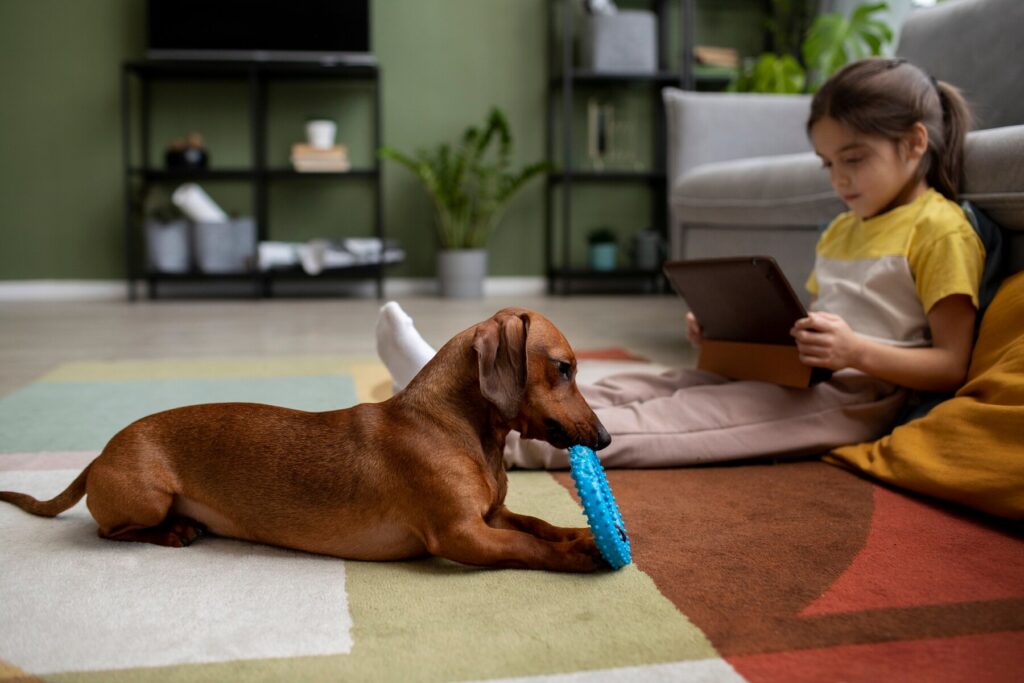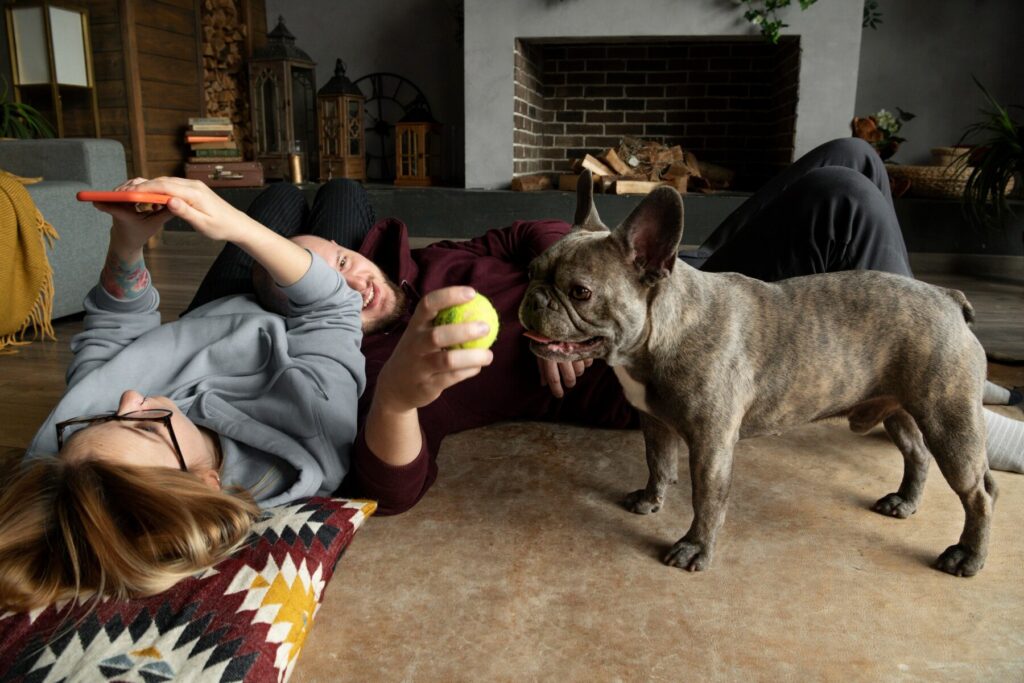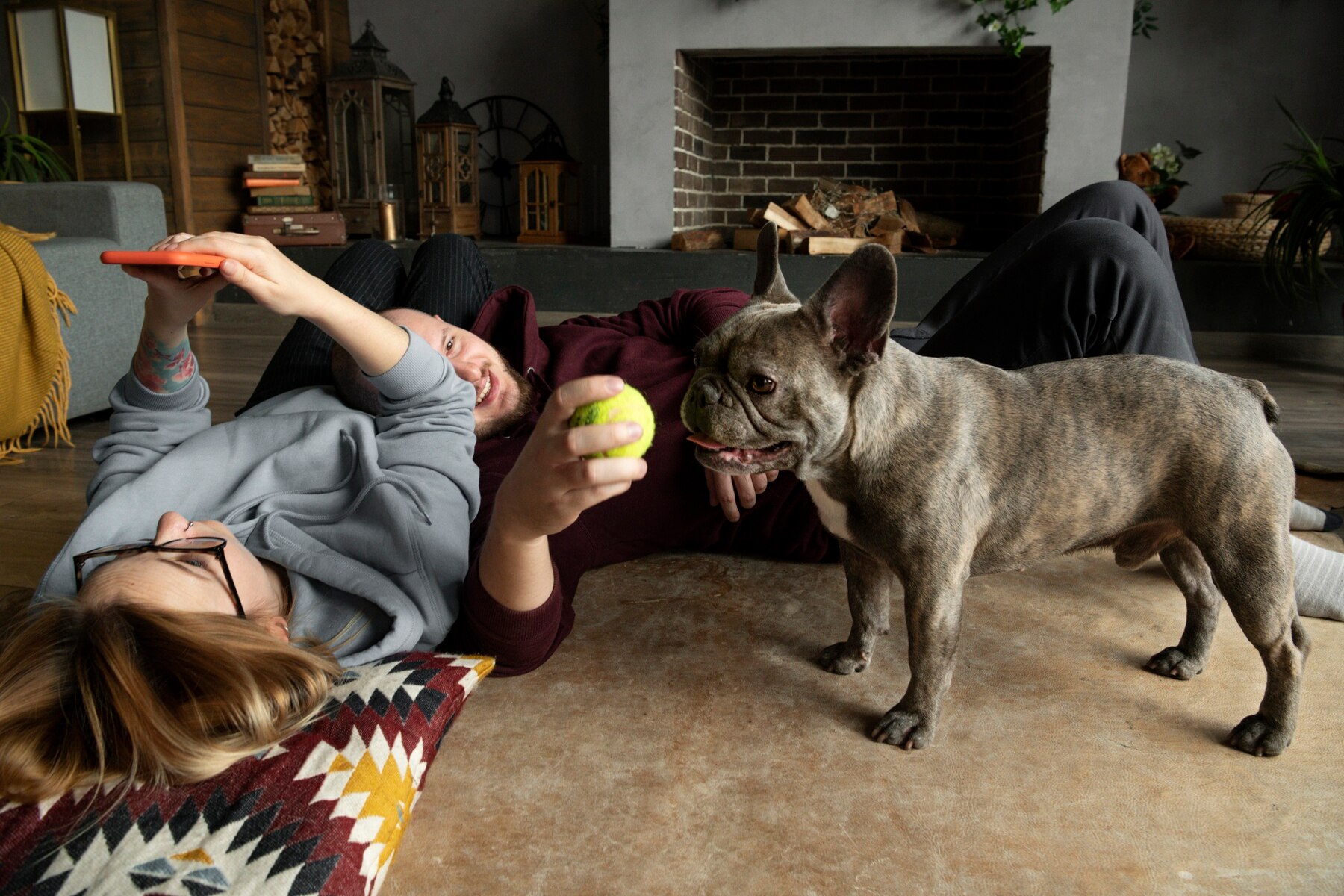Transforming your indoor space into a vibrant playground for your beloved pets is key to keeping their minds sharp, their bodies active, and their spirits soaring, especially when the weather outside is less than inviting or simply as part of their daily enrichment. Think beyond the occasional toss of a toy; consider crafting an environment that caters to their natural instincts and provides a variety of engaging experiences. This isn’t just about burning energy; it’s about fostering their mental well-being and strengthening the bond you share.

One of the most fundamental indoor activities revolves around the magic of interactive play. Forget passive toy offerings; engage actively with your pet. For dogs, this could mean a spirited game of indoor fetch down a hallway, utilizing soft toys that won’t damage furniture. Puzzle toys, which dispense treats as your dog manipulates them, are fantastic for mental stimulation and can keep them occupied for extended periods. Hide-and-seek, where you call your dog’s name and reward them with praise and a treat when they find you, taps into their hunting instincts and strengthens their recall. For cats, the allure of the hunt is equally strong. Wand toys with feathers or dangling objects mimic prey and encourage them to stalk, pounce, and chase, providing excellent exercise. Laser pointers can also be engaging, but always end the play session with a tangible toy your cat can “catch” to avoid frustration.
Beyond direct interaction, consider setting up an enriching environment that encourages independent activity. For cats, this often involves creating vertical landscapes. Cat trees of varying heights provide opportunities for climbing, scratching (if the tree includes scratching posts), and surveying their domain from a safe vantage point. Placing perches near windows allows them to indulge their natural curiosity and observe the world outside. For both cats and dogs, creating designated “digging” areas can be a fantastic outlet for this instinct. For dogs, this could be a box filled with soft blankets or shredded paper where you hide treats. For cats, specialized digging boxes with safe materials can satisfy this urge without them turning to your potted plants.
Mental stimulation is just as crucial as physical activity. Teach your pet new tricks or commands. Even simple commands like “sit,” “stay,” “roll over,” or “shake” provide mental challenges and strengthen your communication. For dogs, consider enrolling in online trick training courses or exploring scent work activities where they learn to find specific odors. For cats, clicker training can be surprisingly effective in teaching them a variety of behaviors. Puzzle feeders, as mentioned earlier, are excellent for engaging their minds during meal times. Rotating their toys regularly keeps things novel and exciting, preventing boredom.
Don’t underestimate the power of simply changing up their routine or environment. Rearranging furniture (as long as it doesn’t create hazards) can offer a new perspective and encourage exploration. Hiding treats in various locations around the house can turn their daily wanderings into a treasure hunt. Playing calming music or nature sounds can create a soothing atmosphere, especially for anxious pets. Providing a comfortable and safe “den” – a crate for a dog or a cozy box for a cat – offers a retreat where they can feel secure and relax.

Finally, remember that every pet is an individual with unique needs and preferences. Observe your pet’s behavior to understand what activities they enjoy most and tailor your indoor playtime accordingly. A high-energy dog will appreciate more vigorous games, while a senior cat might prefer gentle puzzle feeders or short bursts of interactive play. By creatively utilizing your indoor space and engaging in a variety of activities that cater to both their physical and mental well-being, you can ensure your beloved pets remain happy, active, and deeply connected to you, no matter what the day brings.

